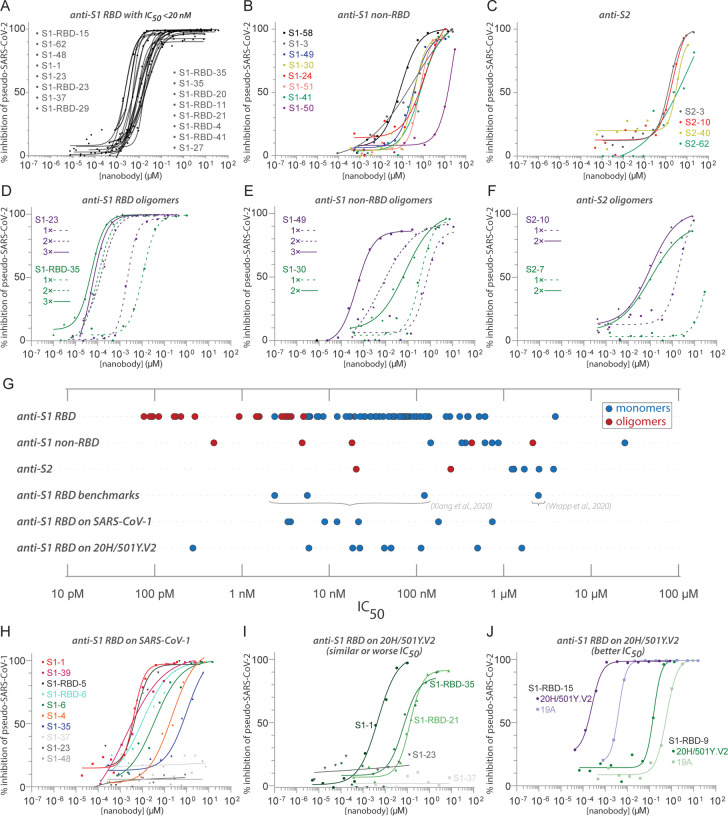Figure 4. Diverse and potent nanobody-based neutralization of SARS-CoV-2.
Nanobodies targeting the S1-RBD, S1 non-RBD, and S2 portions of Spike effectively neutralize lenti-virus pseudotyped with various SARS-CoV Spikes and their variants from infecting ACE2 expressing HEK293T cells. (A) Of the 113 nanobodies, monomers that neutralize SARS-CoV-2 pseudovirus with IC50 values 20nM and lower are displayed. (B) Representative nanobodies targeting the non-RBD portions of S1 and (C) the S2 domain of SARS-CoV-2 neutralize SARSCoV-2 pseudovirus. (D-F) Oligomerization of RBD, S1 non-RBD and S2 nanobodies significantly increases neutralization potency. (G) Summary scatter plot of all nanobody IC50s across the major domains of SARS-CoV-2 Spike and where tested, across SARS-CoV-2 variant 20H/501Y.V2 and SARS-CoV-1. Representative published nanobodies were also tested in our neutralization assays and show similar potency towards SARS-CoV-2 pseudovirus. (H) Representative SARS-CoV-2 RBD targeting nanobodies cross-neutralize SARS-CoV-1 pseudotyped lentivirus and (I-J) the 20H/501Y.V2 SARS-CoV-2 variant (B.1.351) with L18F, D80A, K417N, E484K, and N501Y amino acid substitutions in Spike. 19A (I-J) is the initial SARS-CoV-2 clade that includes the prototypical Wuhan-Hu-1 Spike used as “wild-type” in these pseudovirus assays. In all cases, n>/=2 biological replicates of each nanobody monomer/oligomer with a representative biological replicate with n=4 technical replicates per dilution displayed.

